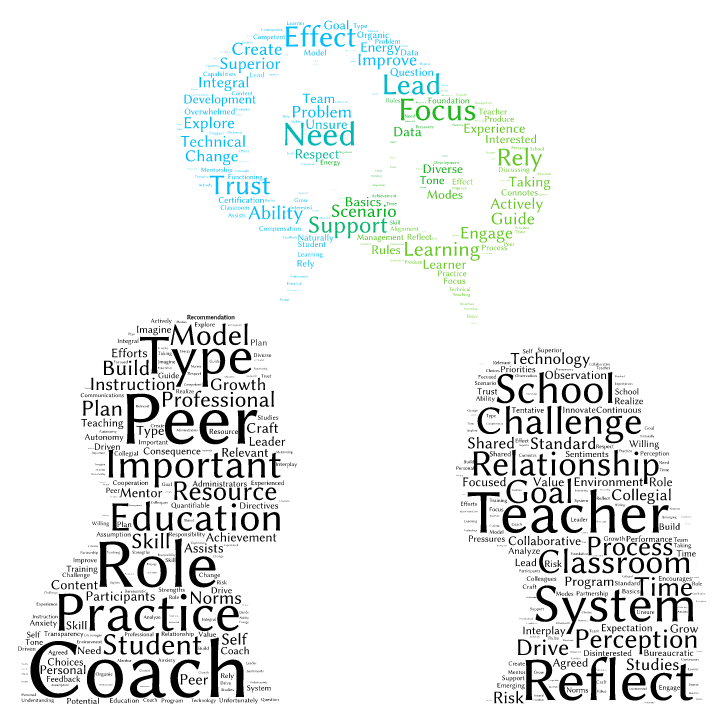
This quarter in my studies in Digital Education Leadership at Seattle Pacific University, I am studying the practice of peer coaching. I have arrived to the table unsure of this role and ready to explore the model alongside my cohort of peers who come from rich and diverse educational environments. So, I am starting with the basics.
What is peer coaching?
While I have not worked in a school with peer coaches before, I have heard the term used in the past. Unfortunately, I have been disinterested because of my perception that it was a form evaluation. In an age when teachers are often blamed for educational malpractice, it is easy to be defensive. Additionally, while the practice of observation is often highlighted as a helpful component of coaching, it is closely tied with evaluation. Since I might not be alone in this perception, perhaps perception is an important consideration when implementing a peer coaching model. In order to address perception, it is best to start with the what before the how. According to Foltos (2013), “A Peer Coach is a teacher leader who assists a peer to improve standards-based instruction by supporting the peer’s efforts to actively engage students in 21st century learning activities” (p. 3). Integral to this process is a coach’s ability to guide a peer towards autonomy (Foltos, 2013). It is also a collaborative process between two peers, not a hierarchy of superiority. Transparency in these goals can also perhaps go a long way in establishing an effective practice.
What is essential for successful coaching?
Based upon the work of Foltos (2013) and my own experiences, the following themes have become apparent.
Participation
A coaching relationship needs to consist of willing participants, who are open to building trust with one another (Foltos, 2013). This trust is the foundation of a working relationship that encourages risk-taking and growth.
Expectations
It is important to set goals and norms collaboratively. While it can begin with a school or district goal, it can also stem from goals set by the coaching partnership (Foltos, 2013).
Respect
Establishing modes of respect is a separate consideration from participation. It is important to address time as a factor in a coaching relationship, and recognizing certification hours and/or compensation for work being done outside of the school day can properly value the process.